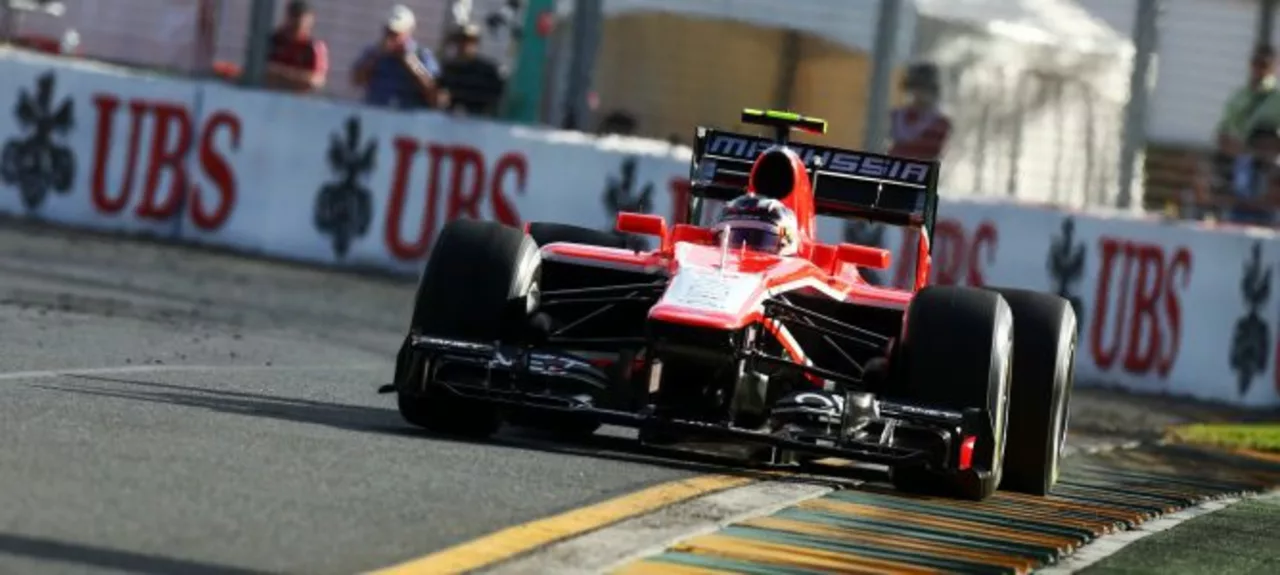Unsuccessful Racing Moments: What Went Wrong and What We Can Learn
Ever watched a race that should have been epic, only to see it end in a let‑down? You’re not alone. From engine failures to rule‑book loopholes, motorsport history is littered with moments that didn’t go as planned. In this guide we’ll break down a couple of the most talked‑about flops, explain why they happened, and give you a quick checklist to spot potential trouble before it blows up.
Famous Unsuccessful Finish – The Ken Miles Le Mans Story
1966 should have been Ken Miles’s crowning glory. He crossed the line first at the 24‑Hour Le Mans, but a technical rule about total distance handed the win to his teammates. The result? A perfectly healthy car, a heroic driver, and a trophy that slipped through his fingers. The controversy still fuels debates today, showing how a single rule can turn a victory into a heartbreak.
Key takeaways from the Miles case:
- Rule clarity matters. Teams need to understand every nuance before the race starts.
- Team strategy can backfire. Ford tried to engineer a photo finish, and it cost them.
- Public perception is powerful. Fans still remember the injustice, keeping the story alive.
Why Some Races Fail: Common Factors
Not every flop is as dramatic as Le Mans. Most unsuccessful races share a handful of red flags. Spot these early and you’ll know whether a race is headed for trouble.
1. Technical glitches. A mis‑fired engine, broken gearbox, or faulty electronics can end a run before the first lap ends. Teams that run thorough pre‑checks reduce this risk.
2. Weather surprises. Sudden rain on a dry‑track race can turn tire choices into a nightmare. Smart crews monitor forecasts and have backup setups ready.
3. Rule misunderstandings. As the Miles example shows, a misunderstood regulation can nullify a win. Always have a rule‑expert on the pit wall.
4. Team miscommunication. A missed radio call or a wrong pit‑stop order can cost seconds, and those seconds add up fast.
5. Over‑ambitious strategies. Pushing a car beyond its limits for spectacle can lead to crashes or mechanical break‑downs.
By keeping an eye on these factors, you can better predict when a race might end in disappointment rather than triumph.
So next time you hear a buzz about a race that went sideways, remember it’s rarely luck alone. It’s a mix of rules, weather, tech, and human decisions. Understanding the why helps you appreciate the sport even when it doesn’t go as planned.
Why are Americans so unsuccessful in Formula One?
As a blogger, I often wonder why Americans have been so unsuccessful in Formula One. After researching, I found that one major reason is the lack of a strong motorsports culture in the US. Additionally, the popularity of other racing series like NASCAR and IndyCar means that talented drivers often choose to pursue careers in these more familiar realms. Moreover, the lack of American Formula One teams and financial support makes it difficult for American drivers to break into the European-dominated sport. Lastly, the limited exposure of F1 in the US media further hinders the growth of interest and potential talent pool for Formula One.
